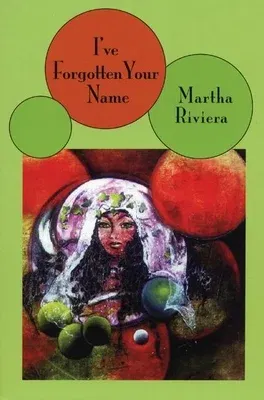When this novel was first published in Rivera's native Dominican
Republic, readers were shocked. Expecting a light-hearted romp through
Caribbean sunlight and music, they were stunned by the multilayered
complexity and poetic power of the novel.
A coming-of-age story of two young girls--or is it is two sides of the
same girl?--caught between the onslaught of U.S. consumer culture and
the evolving Marxist ideologies of the Cuban revolution, the story
reflects the loss of any sense of identity as the girls move toward
adulthood. While one voice recounts and reflects upon the story of her
close relationship with a more adventurous friend in an effort to
understand that friend, the other voice tells the story of how the
experiences recounted by the first voice feel to her from inside.
Despite their shared existence, the two have vastly different realities.
All skin and bones at age 15 . . . Anorexia nervosa . . . but overall
you look pretty happy, states the first voice as she looks at old
photographs. Despite their closeness, she is unable to see that the
death of the other's father has left her unable to shake free of the icy
current that had left death buried in my chest. In their attempts to
define who they are and how they will live their lives, they look for
role models in writers and musicians, including Emily Dickinson, Lezama
Lima, Alejandra Pizarnik, Carole King, Charlie Parker, Julio Cortazar
and Rainier Maria Rilke, but as loss piles upon loss--loss of cultural
identity, loss of lovers, loss of dreams, loss of a child--the women
move ever closer to the realization that the worst solitude is the one
that is shared.
Martha Rivera, born in 1960 in the Dominican Republic, has published
three volumes of poetry in addition to this novel.

